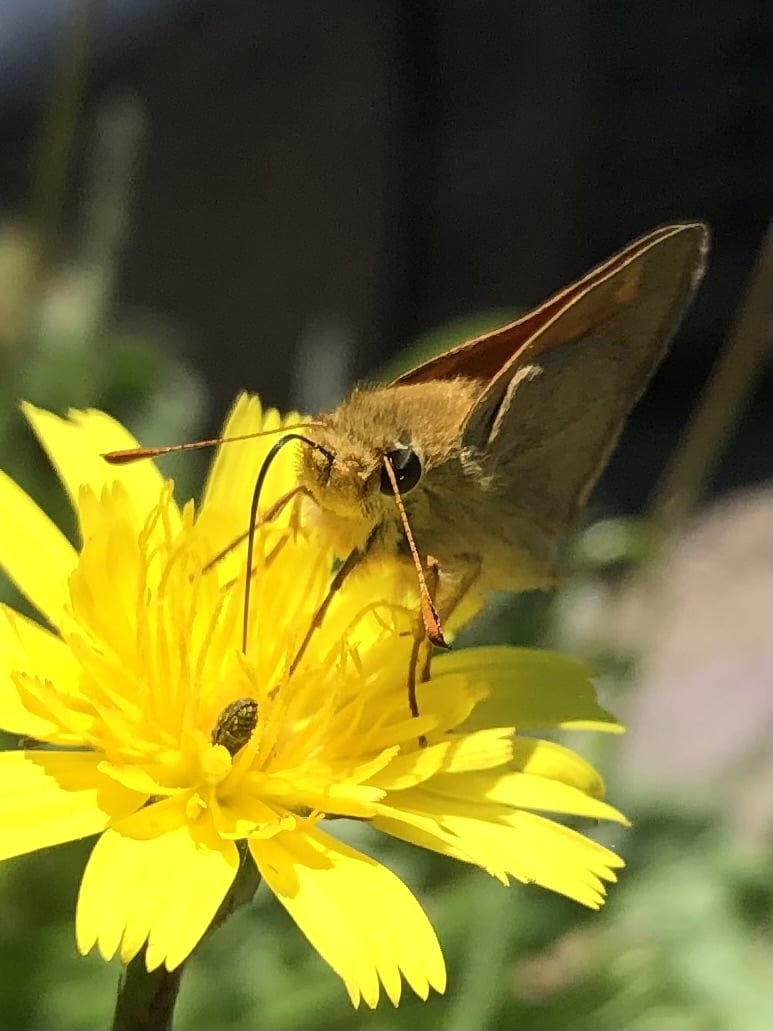Main photo by Nicky Bay
Scolopendra are a large species of centipede, both in number (around 100 different types), and often just large in body size
They are found in warm temperate regions, and in the tropics. The largest discovered (so far) can exceed 30 cm (12 in)
All Scolopendra are active preditors and are venemous, capable of delivering a painful (and in one reported case fatal) bite to humans via their forcipules (These are not fangs or other mouth parts, but modified legs on their first body segment)

‘Scolopendra subspinipes’ by Lilian Alizert
The venom of certain Scolopendra species were found to contain compounds such as serotonin, haemolytic phospholipase, a cardiotoxic protein, and a cytolysin
They feed primarily on other insects and invertebrates, some of the larger varieties have been observed preying on frogs, tarantulas, lizards, birds, snakes, rodents, and even bats!
Two southeast Asian species, S. cataracta and S. paradoxa, as well as S. alcyona from the Ryukyu Islands, are amphibious, as these species can travel underwater by swimming or walking
They have been discovered in the fossil records. Scolopendra proavita was found in Baltic amber from the Eocene of Poland. Other fossil species S. morsitans have been found Pliocene-aged rocks in South Africa
According to this article, these are the largest giant centipedes found (so far)…
Scolopendra alternans, commonly known as the Haitian giant centipede, Caribbean giant centipede, and Florida Keys centipede, and are around 17-19 cm on length

Photo by Sylvain Coulon
Scolopendra alternans is found in Puerto Rico, Cuba, Guadeloupe, Martinique, Venezuela the Bahamas, Hispaniola, the Antilles, the British Virgin Islands, and Florida. They have also been reported as far north as Georgia
Next is…
Scolopendra viridicornis is a species of centipede in the family Scolopendridae which can be found within the Amazon rainforest, the type locality being in Brazil. Due to the geographic distribution of this species it is known as the Amazonian giant centipede

Photo by Scolomorph
Scolopendra viridicornis is quite quick to flee when disturbed by a predator, running away with impressive speed. If pursued the centipede will raise its terminal legs in an attempt to draw any attack to its hind end. When a predator touches these raised limbs the centipede will use them to grip its aggressor and spin around to deliver a venomous bite. The centipede will then continue to flee until it finds safety.
In northeast Brazil, S. viridicornis is used in regional folk medicine as an analgesic. The species possesses a peptide in its body known as lacrain which exhibits strong antimicrobial effects against Gram-negative bacteria
Next up is Scolopendra hardwickei, the Indian tiger centipede
It is a pigmented species, with exceptionally bright and contrasting coloration, alternating dark orange and deep black segments, with dark orange legs

Photo by Martin
This species is common in the south of the Indian peninsula and it is rarely found on the islands of Sumatra and Nicobar
The bite of S. hardwickei can cause swelling and drowsiness
And finally, Scolopendra polymorpha which can grow up to 18 cm
Scolopendra polymorpha, the common desert centipede, tiger centipede, banded desert centipede, or Sonoran Desert centipede, is a centipede species found in western North America and the Hawaiian Islands

Photo by Alice Abela
S. polymorpha is indigenous to the Southwestern United States and northern Mexico, north to the Pacific coast.[3][4] It inhabits dry grasslands, forest, and desert; in these habitats, the centipedes generally take up residence under rocks, though they have been observed creating burrows in suitable environments and inside rotting logs. Scolopendra polymorpha as found in the Tonto Forest near Payson, Arizona
Scolopendra polymorpha is indigenous to the deserts of western North America; in Texas, New Mexico, and Arizona in the United States, and in Sonora and Chihuahua in northern Mexico. They primarily seek shelter during the day in moist, cool areas such as under desert rocks
The venom of Scolopendra polymorpha has been found to be medically relevant…against Staphylococcus aureus and Pseudomonas aeruginosa, two bacteria that are the leading causes of nosocomial infections… [And] activity against Escherichia coli, which can cause food poisoning, pneumonia, and urinary tract infections
Sources here and good old wikipedia, here, here, here, here, and here
Part 2 to follow!
edit Part 2 here


Love these beautiful creatures! 💛🧡♥️
It’s weird that initially when researching these posts I start off with a case of the hebie jebies (I don’t know how this is spelt lol), but when I start reading about them it goes away…
They’re really fascinating creatures, lots of colour variety between individual species, different approaches towards caring (or not) for young, and the fact that their venom is being studied for medical uses against bacteria etc!
We share our planet with so many interesting lifeforms that are beautiful in their own strange way, and unfortunately we seem hell bent on either destroying them or their environment